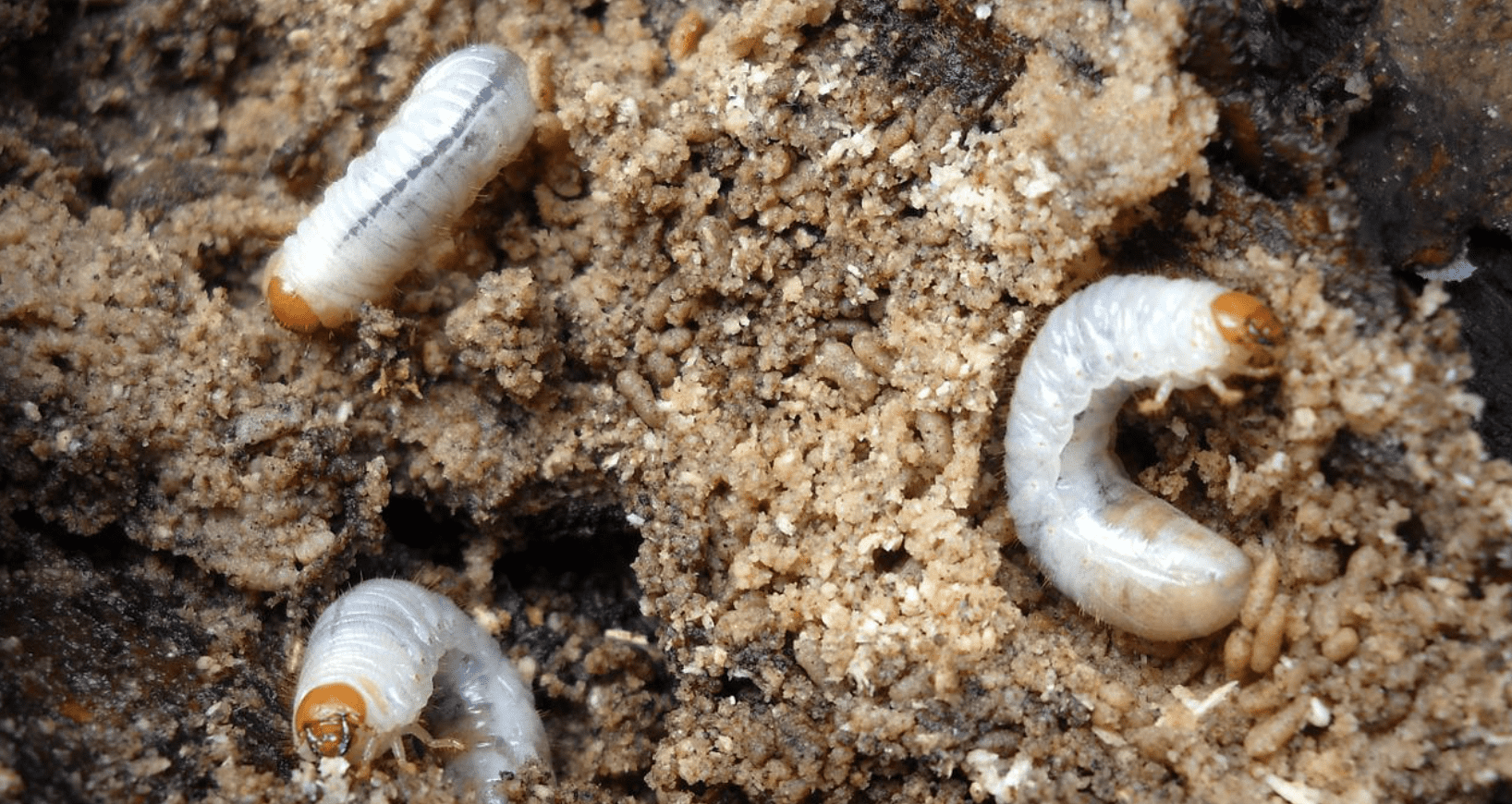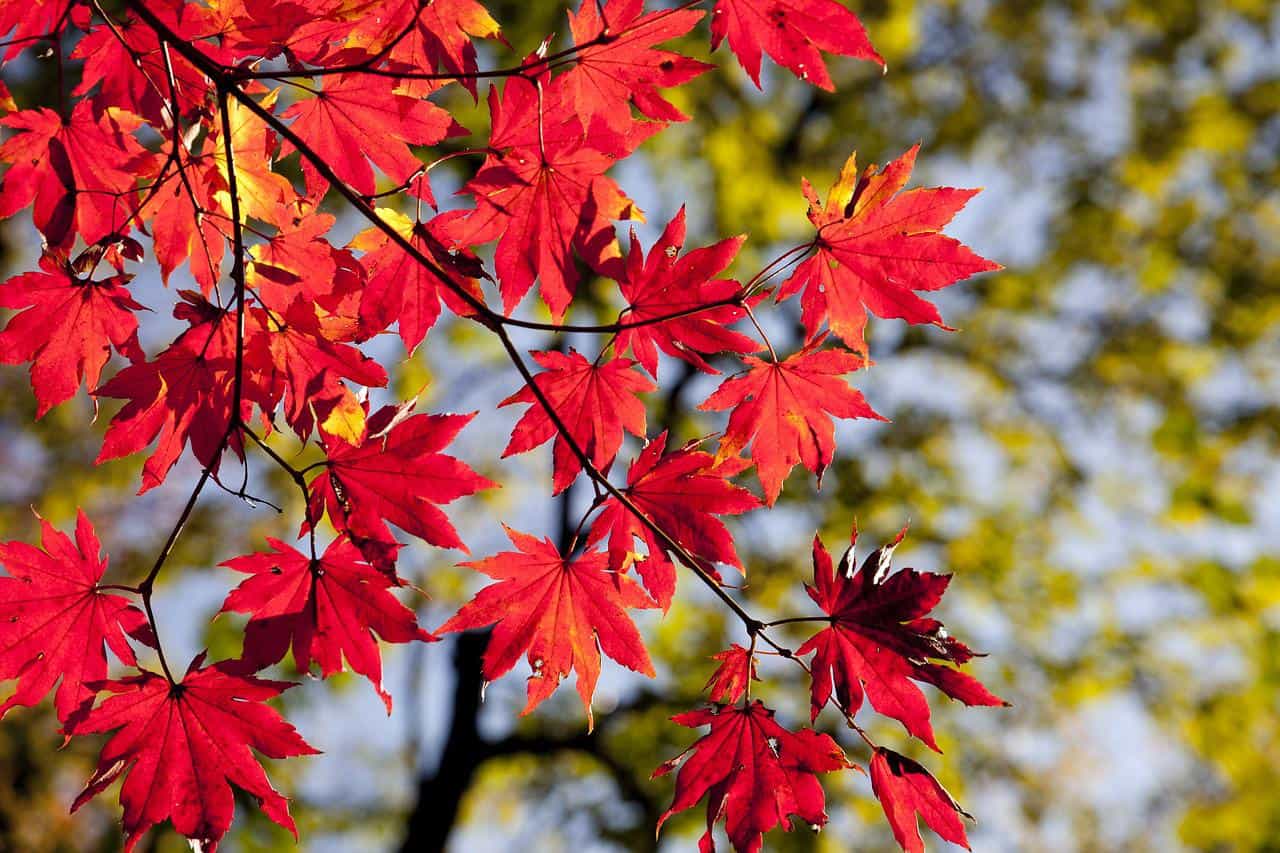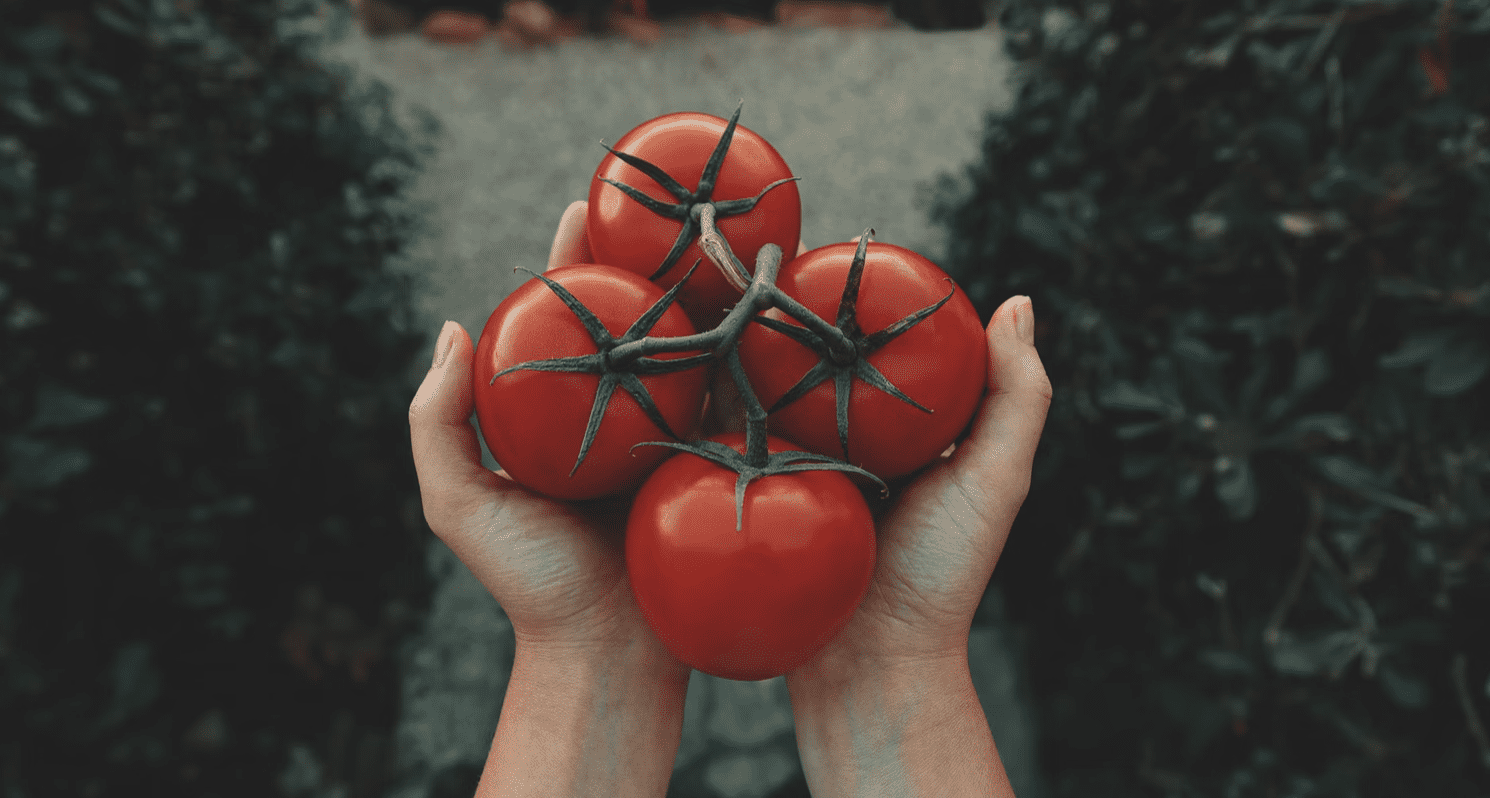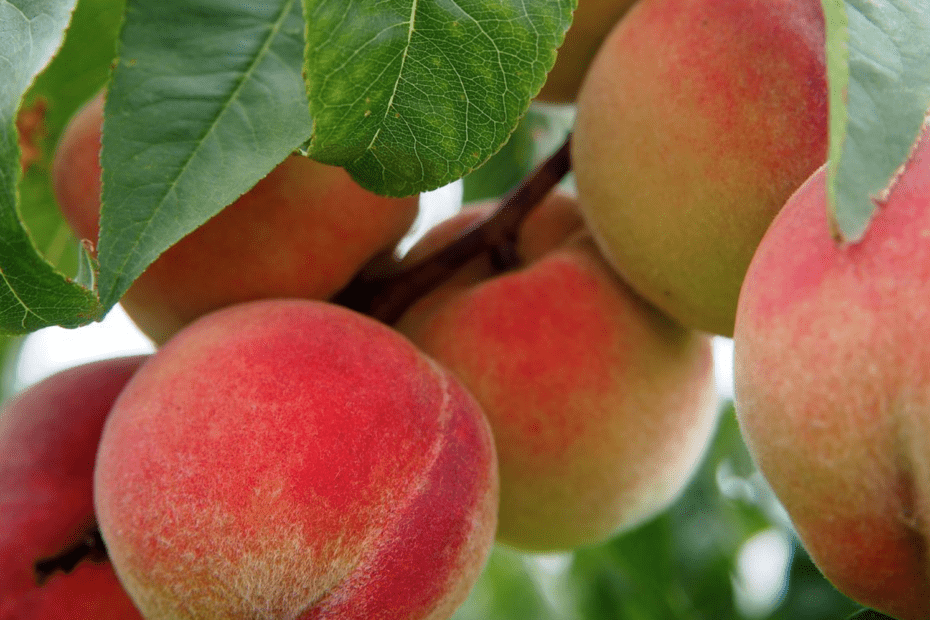How to Grow a Multi-Fruit Tree
Growing a fruit tree that yields more than one type of fruit can be an exciting and rewarding experience. In addition to being beautiful and valuable, a multi-fruit tree will offer fruit with a unique flavor and texture. Some varieties, such as a 3-on-1 cherry dwarf fruit cocktail tree, are easy to grow, but other types may require additional care and attention. However, with a bit of knowledge and patience, you can produce multiple grafted fruit trees that yield more than one type of fruit.
What is a Multi-Fruit Tree?
If you’re looking to save on space but not flavor, you’re looking for a multi-fruit tree.
Multi-grafted fruit trees can support multiple types of fruit on a single plant. They’re space-saving and time-efficient, but they also provide a wide range of fruits in limited space.
When all you need is one tree to handle the work of others, you don’t need to have several trees in your yard. Because each grafted fruit branch grows separately from the others, each variety’s fruit retains its unique flavor, texture, and ripening period.
Fruit trees with several grafts are ideal for today’s smaller properties. With a multiple fruit tree, even the tiniest backyard orchards can provide a steady supply of homegrown fruit. As a bonus, since multi-graft fruit trees are tolerant of each other, you can typically place them next to one another in a large yard.
You can achieve staggered harvests by planting multi-graft fruit trees. A multi-fruit tree will also open you up to an extended harvesting season by using fruit cultivars that bloom and harvest at different periods. When one season ends, a new one begins!
If you’re looking for a fruit tree that will provide you with a long-term fruit harvest and a cornucopia of flavors (able to make a fruit salad in one pot), then a cocktail fruit tree is an excellent investment.
What is Grafting?
The science of asexual plant propagation, or grafting, has been around for a long time and can produce peaches, nectarines, and apricots on a single tree.
Naturally, the grafted fruits need to have the same genus as one another so they can flourish on the same mother tree. Stone fruits, which include apricots, peaches, plums, and nectarines, can all be transplanted on a single tree, creating unique combinations. You can make many combinations through grafting, such as 5 in 1 fruit tree apple trees.
Multi-fruit trees are gaining in popularity, and for good reason.
You can grow a small orchard by cross-pollinating various apples or pears on a single tree. The best part is that even a 5-in-1 fruit cocktail tree is small enough to fit in a small space, which would be prohibitive to those without access to a large lawn.
How To Grow a Multi Fruit Tree
Numerous permutations of these trees can be grafted together. Still, it’s essential to do your homework to ensure they’ll work together, as some fruits, even within the same genus, will have difficulty taking to the graft. However, if you’re looking to graft oranges, lemons, and limes together, they typically make a good match, earning it the monikers of “fruit salad tree” or “fruit cocktail tree.”
The scion should grow between 6 and 12 inches long and have three or four buds. In addition, the diameter of your rootstock should be the same. Keep in mind that you should always cut above the buds. Keep your scion cutting dormant in the fridge by putting it in a zippered plastic bag and putting it in the refrigerator. Add a few drops of water to the bag to help preserve it.
As previously stated, your rootstock must be compatible with your chosen scion for grafting. Choosing a grafted piece that is as similar in size to your scion as possible is also critical.
Be cautious about looking for rootstock resistant to disease and pests when purchasing a new one. The average temperature in your region is another crucial factor to consider. You’ll need to decide whether or not you’ll need something that can handle colder weather. Local extension offices can help you choose which rootstocks in your area will work best with the sort of seedling you’d like to graft.
After you’ve selected your scion and rootstock, it’s time to choose a grafting method.
The ‘whip and tongue’ graft is the most commonly used technique.
Slant a grafting knife through scion wood in a single, long slice, creating a 1-to-2-inch flat oval face.
Cut another half-inch deep scion woodcut about a third down, forming a ‘tongue’ that keeps the join together.
Cut the rootstock diagonally, making any necessary cutbacks. Check the length of the cut surfaces to ensure the cambium matches up when held together.
Active growth occurs in the cambium layer, the slimy layer between the wood and bark. The success of the graft depends on the cambium layers of the root and scion being joined. During whip and tongue grafting, the rootstock and the scion material are cut at the same angle and tied together. A significant surface area of cambial contact is provided by the interlocking ‘tongues’ as the cambium layers heal and fuse.
Cover the graft with tape to keep it together and reduce moisture loss, but cover it with grafting wax to make it airtight.
Before growing, the graft must heal, a process that may last between weeks or months. After the bud grows an inch, you can relocate the plant to a sunny place, pruning all but the top shoot after the graft has healed. In the middle of summer, the graft should be ready to be exposed to the elements.
For the first year, take steps to ensure that your new multi-fruit tree isn’t competing for resources with other plants.
The optimal time to perform this graft is in the late winter or early spring, when the scion wood is entirely dormant. Later in the year, dormant scions stored in the refrigerator in an airtight container or bag can be grafted onto actively growing rootstocks. Doing so benefits stone fruits such as plums and cherries since they require warmer temperatures to begin the mending and bonding process.
It’s a good idea to practice on some scrap wood to get your feet wet and build up your confidence before you get started.
It is essential to avoid touching the cut surface on either of your scions or rootstocks, as this could interfere with their healing.
Give Your Multi-Fruit Tree a Boost
Learning how to grow a multi-fruit tree is just the beginning. Now it’s time to get working.
However, if you want to give your tree a chance for an excellent yield, then you need Tree Secret®.
We’ve spent 40 years perfecting Tree Secret®, a fermented blend of over 60 pure components that creates a specific nutrition cluster that helps trees absorb the nutrients they need to grow strong, healthy, and free of problems. Applying Tree Secret® tree fertilizer is comparable to how a tree draws on the nutrients found in composted leaves.
Contact us today to start growing your multi-fruit tree.



